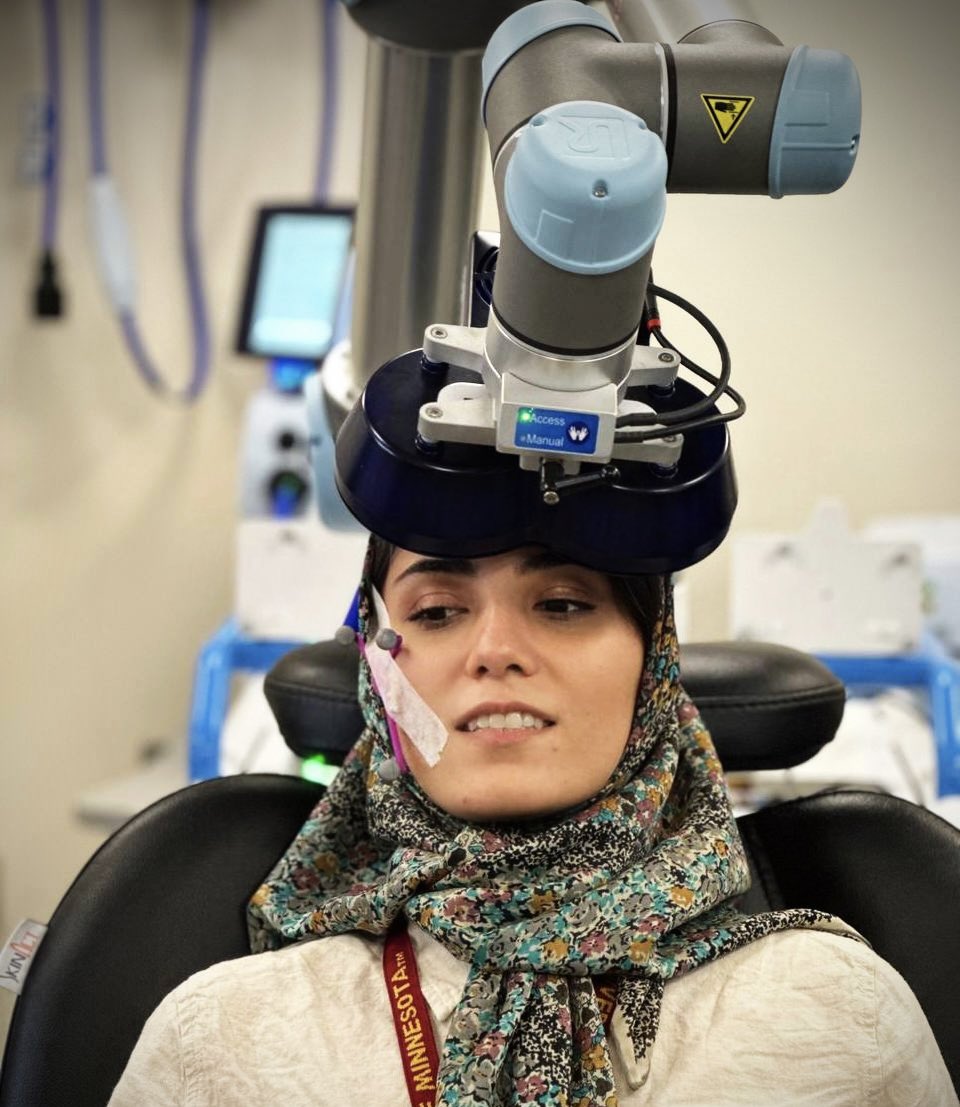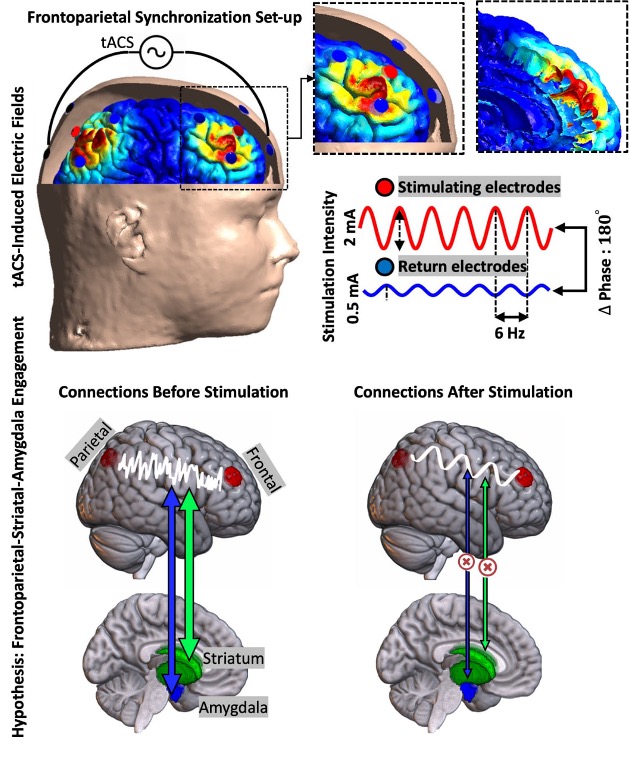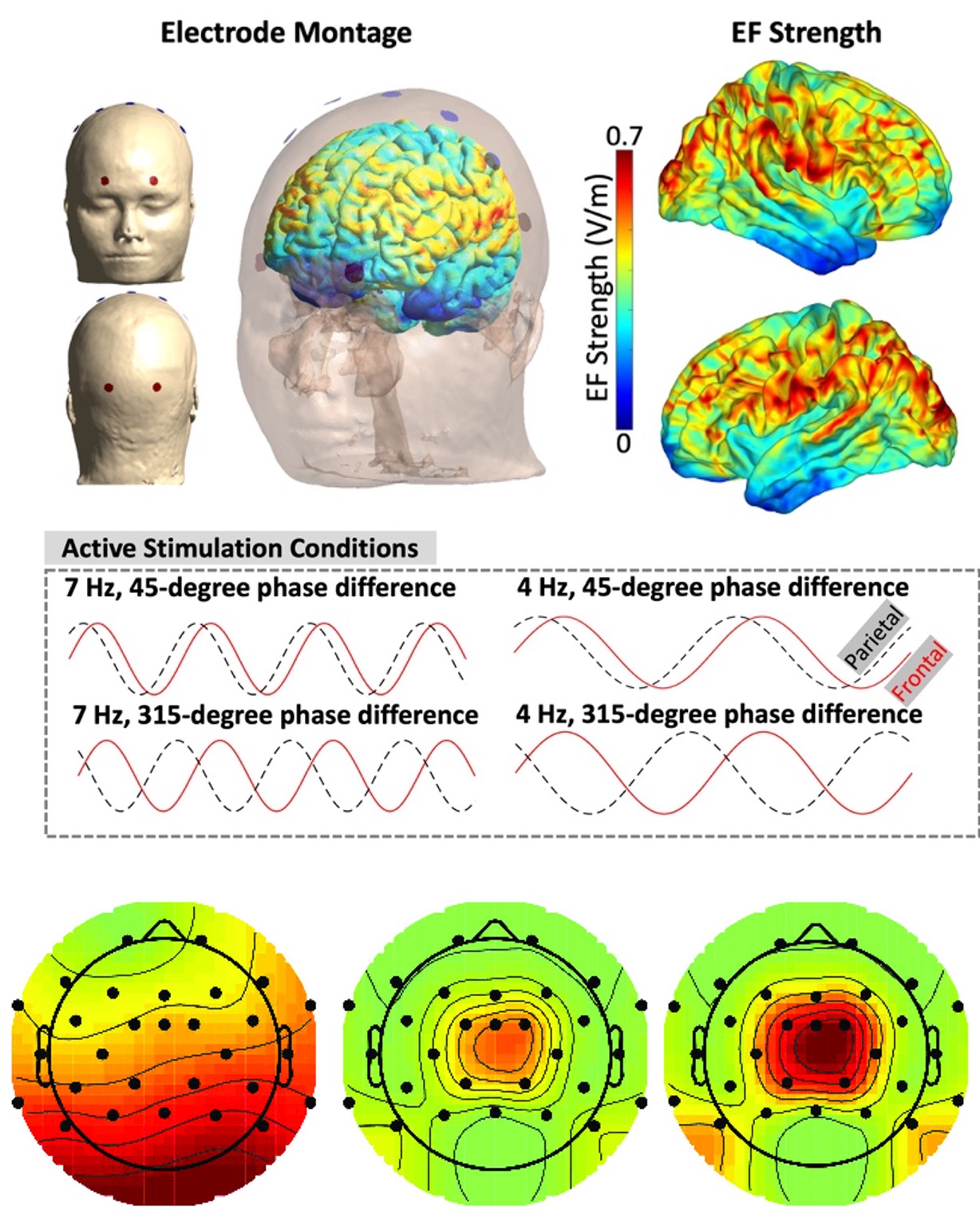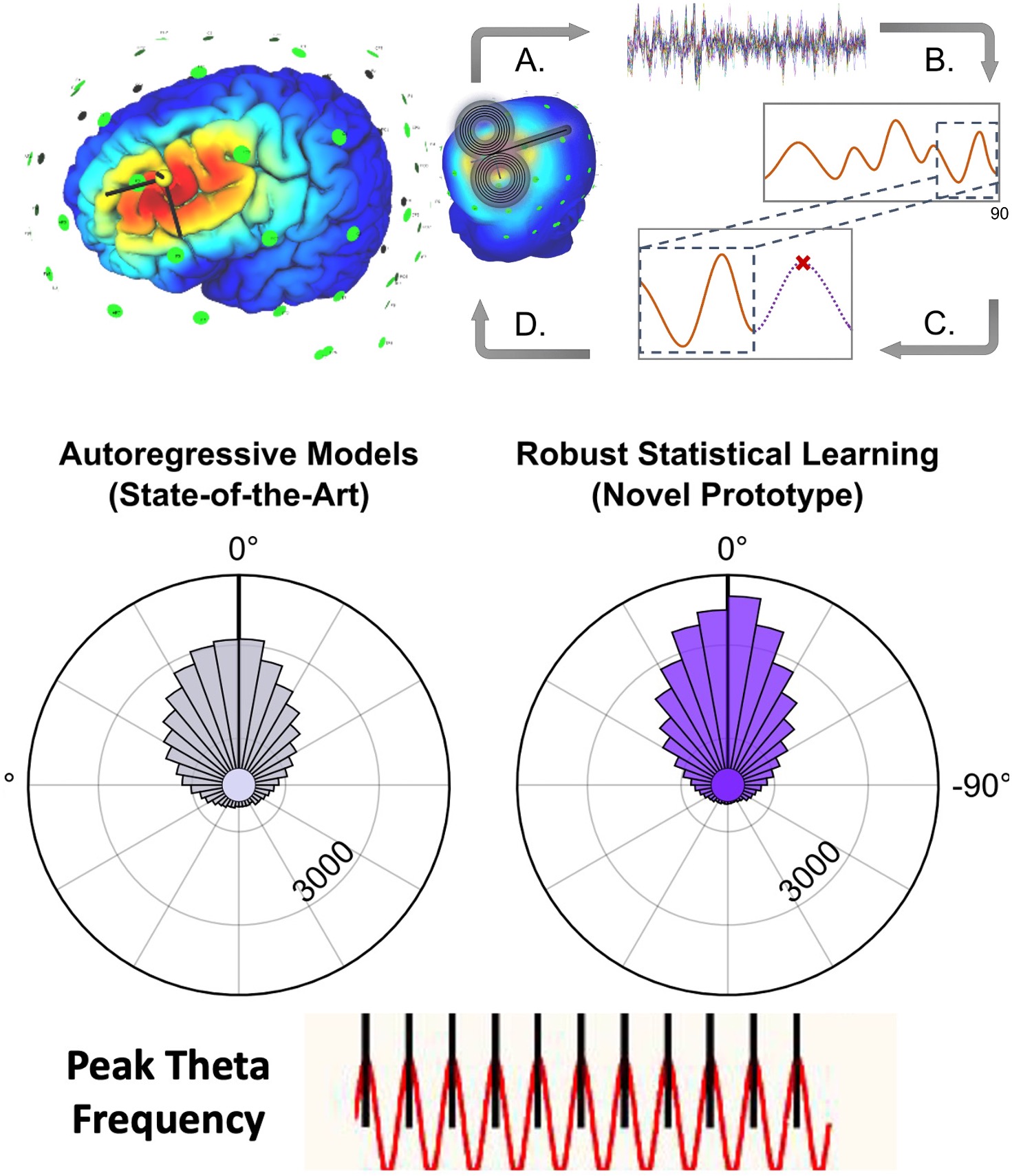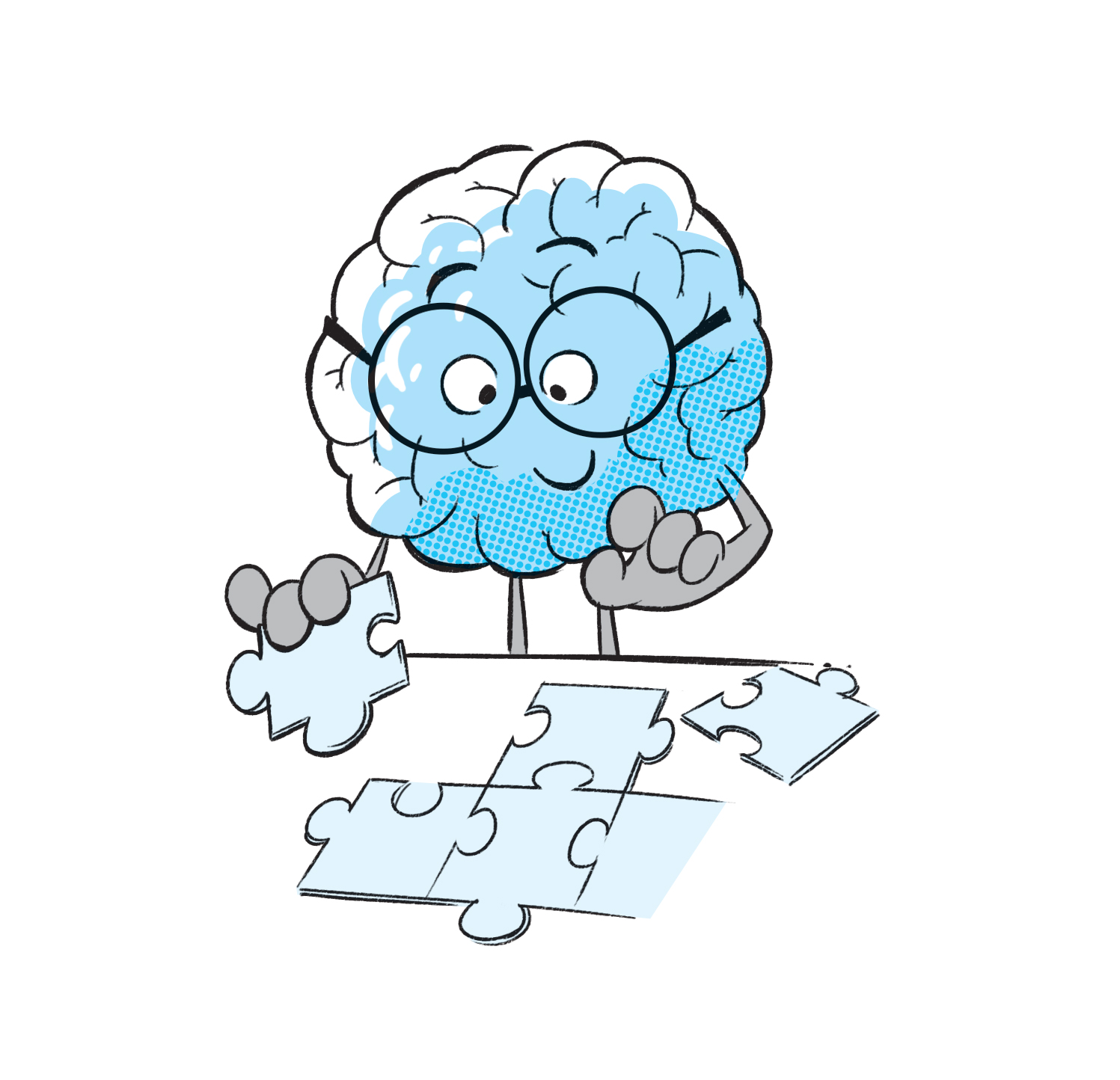Projects
Featured Projects
fMRI-Guided TMS for Methamphetamine Use Disorders
This project investigates how electric field modeling and individualized neuroimaging data can guide transcranial magnetic stimulation (TMS) interventions for substance use disorders. We collect structural and fMRI drug cue reactivity data prior to stimulation, and perform rapid analysis to define individualized targets based on functional connectivity between subcortical regions and the prefrontal cortex. Computational head models are then used to optimize coil orientation, and stimulation intensity is adjusted based on each participant’s scalp-to-cortex distance.
🧰 Please visit the GitHub repository to access a user-friendly GUI for generating fMRI-guided TMS coordinates and running electric field simulations — from DICOM scans to ready-to-use targets.
Frontoparietal Dual-Site tACS-fMRI for Opioid Use Disorders
A preregistered, randomized, triple-blind crossover clinical trial investigating the effects of theta-phase synchronized transcranial alternating current stimulation (tACS) on fMRI drug cue reactivity, functional connectivity, and behavioral performance. Sixty participants with opioid use disorder received 20 minutes of active or sham theta-band (6 Hz) tACS via 4×1 HD electrode montages targeting the frontoparietal network (F4 and P4). Structural MRI, resting-state fMRI, and drug cue reactivity scans were collected immediately before and after stimulation.
🔗 Read More
Traveling Wave tACS-EEG for Working Memory
Neural oscillations often propagate as traveling waves across the cortex, coordinating activity between distant brain regions. Transcranial alternating current stimulation (tACS) offers a promising method to modulate these dynamics noninvasively. In this study, we tested whether frontoparietal tACS, delivered with controlled frequency and phase offsets to simulate traveling waves in the theta band, could causally influence working memory performance and resting-state EEG activity. We conducted a randomized, triple-blind, sham-controlled crossover study in 29 healthy adults. Participants received four active tACS conditions—combining two frequencies (4 Hz, 7 Hz) and two phase offsets (45°, 315°)—and sham stimulation across two sessions. During stimulation, participants performed 2-back and 3-back working memory tasks. Resting-state EEG was recorded pre- and post-stimulation.
🧰 Please visit the GitHub Repository to see more details.
Closed-Loop TMS-EEG Task (MATLAB + Python) for Stimulant Use Disorders
A real-time task with TTL-triggered feedback designed to modulate and measure EEG states during neurostimulation.
🔗 View on GitHub
High School Students Summer Program (Step-by-Step Learning)
The High School Students Summer Program is a guided, step-by-step learning journey. Over the course of 6–8 weeks, participants move through carefully designed modules that build on one another. Each module provides clear goals, short tutorials, checklists, and small hands-on tasks. By the end of the program, students will have completed a mini-capstone neuroimaging-neuromodulation project and presented their work in a short talk and one-page summary.
🧰 Please visit the program website to access the whole package.
